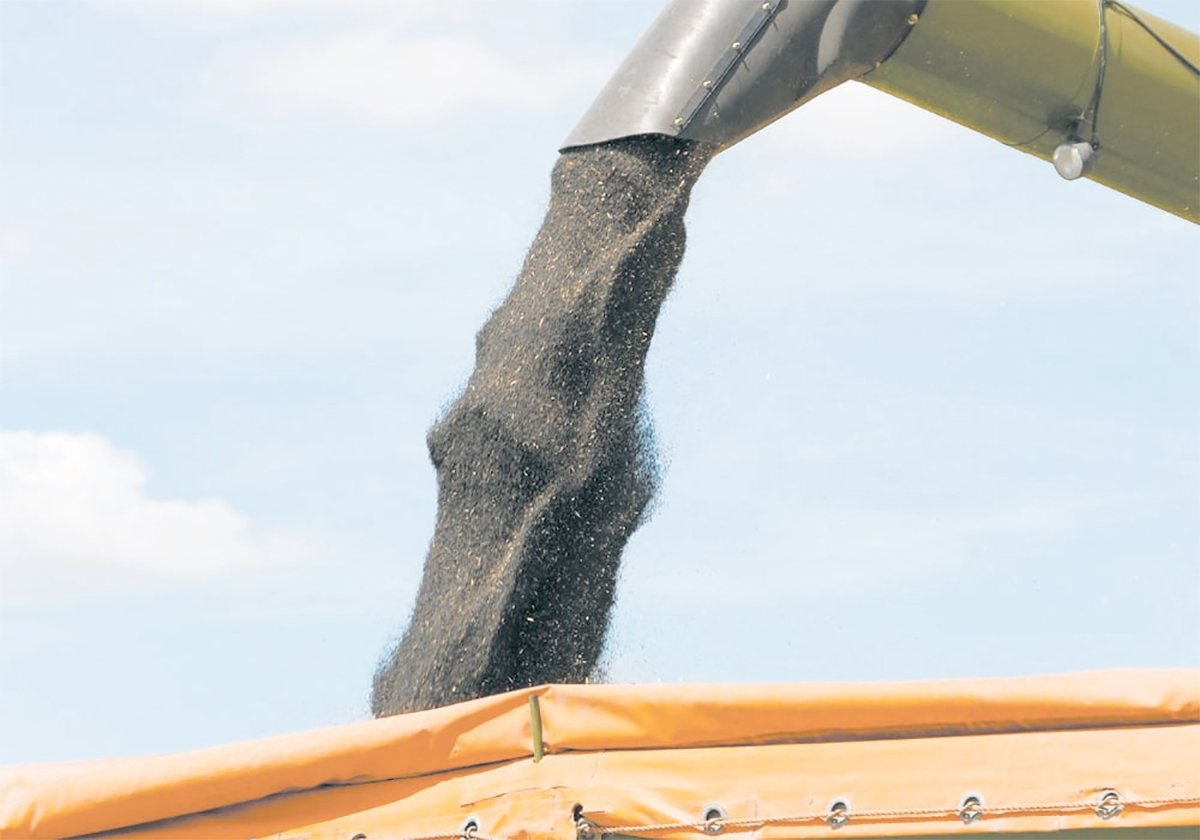Farm groups, governments and agri-businesses should swipe a page from the communications book written by Ontario Pork and the Ontario Swine Health Advisory Board.
When Canada’s first case of porcine epidemic diarrhea was diagnosed on an Ontario farm Jan. 22, the public learned about it Jan. 23, as close to immediately as possible.
PED has been devastating the American pork industry since May 2013, to the tune of hundreds of millions of dollars. The virus viciously attacks piglets and can kill them in a matter of days.
Read Also

Determining tariff compensation will be difficult but necessary
Prime minister Mark Carney says his government will support canola farmers, yet estimating the loss and paying compensation in an equitable fashion will be no easy task, but it can be done.
The Ontario pork organizations were ready for it.
Because the virus was first found in Ontario, the Ontario organizations were the first to enact a strategy arrived at by pork organizations across the country, along with the Canadian Swine Health Board, all of whom deserve a pat on the back.
The groups realized in the fall that it was only a matter of time before PED showed up in Canada, and they established a working group in November to come up with a protocol.
Therefore, when the expected happened in January, the Ontario groups were prepared and implemented a communications strategy of “tell everyone right now.”
Producers across the country have every reason to be grateful for the fast response. Compare it to the disastrous roll-out of information surrounding the E. coli found at XL Foods in 2012.
In that case, several weeks passed before the Canadian public was told of the problem. XL Foods, which has since been sold to JBS, was slow in providing information to the Canadian Food Inspection Agency, but the CFIA was also not assertive enough in demanding and gathering the information.
Ultimately, the closure of the plant created enormous hardship for cattle producers, who could not deliver animals there.
The PED problem is not a human health issue, as E. coli contamination is, so the CFIA is not involved to the same extent.
PED is largely a business problem for pork producers, although it could also eventually evolve into a consumer problem if pork supplies plummet and prices rise.
Yet Ontario Pork was able to jump on its arrival in Canada and tell the public about it within one day. The CFIA and XL Foods, despite the higher public stakes of E. coli illness, couldn’t pull that off in less than a few weeks.
It was not heartening to hear federal agriculture minister Gerry Ritz declare that hog producers must look to provincial governments for help in combatting the potentially catastrophic swine disease.
“This is a provincial issue,” said Ritz in the House of Commons six days after PED was found.
“Having said that, CFIA stands ready to assist in any monitoring that is required.”
CFIA readiness is likely not comforting to hog producers, since the agency has little to do with PED.
Furthermore, PED should definitely be a national issue because its arrival in Canada was almost certainly borne on trucks coming in from the United States — across an international border monitored by border security, which is a federal jurisdiction.
Meanwhile, while waiting for the federal government to do the right thing, provinces should follow Alberta’s lead and declare PED a reportable disease. It may not be a problem for human health, but it is crucial to animal health and farm economics and may affect food supply.
Ontario Pork has ushered in a new era of accountability and transparency, which with any luck will rub off on the entire industry and governments.
With a national strategy behind it, Ontario Pork should be commended for its vision, fast action and leadership.














